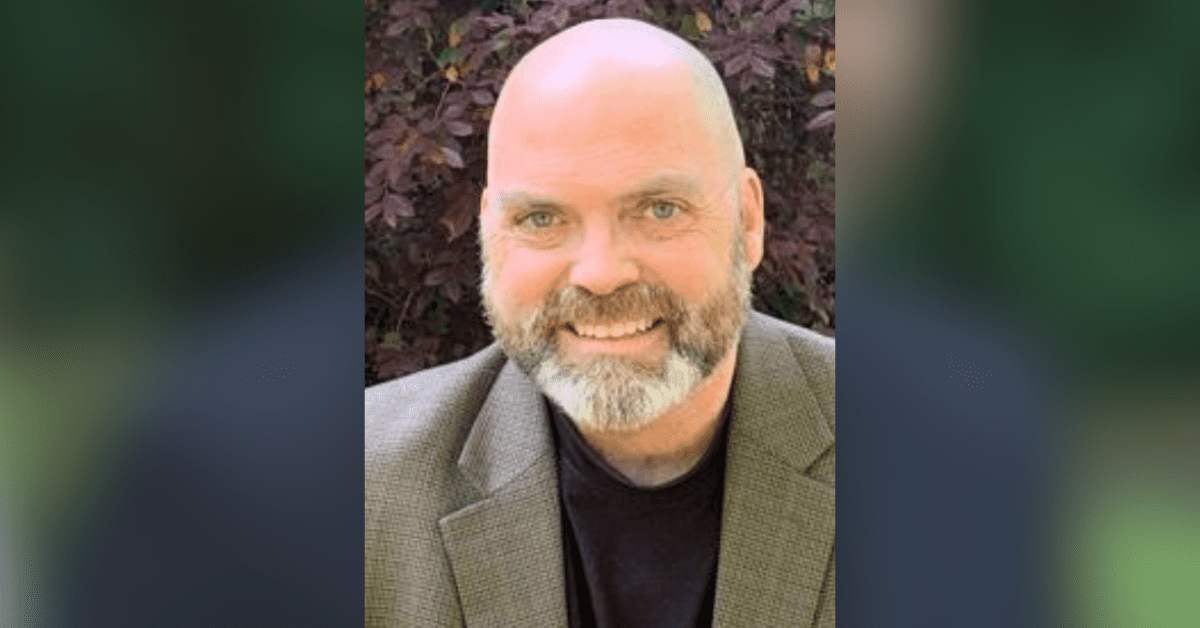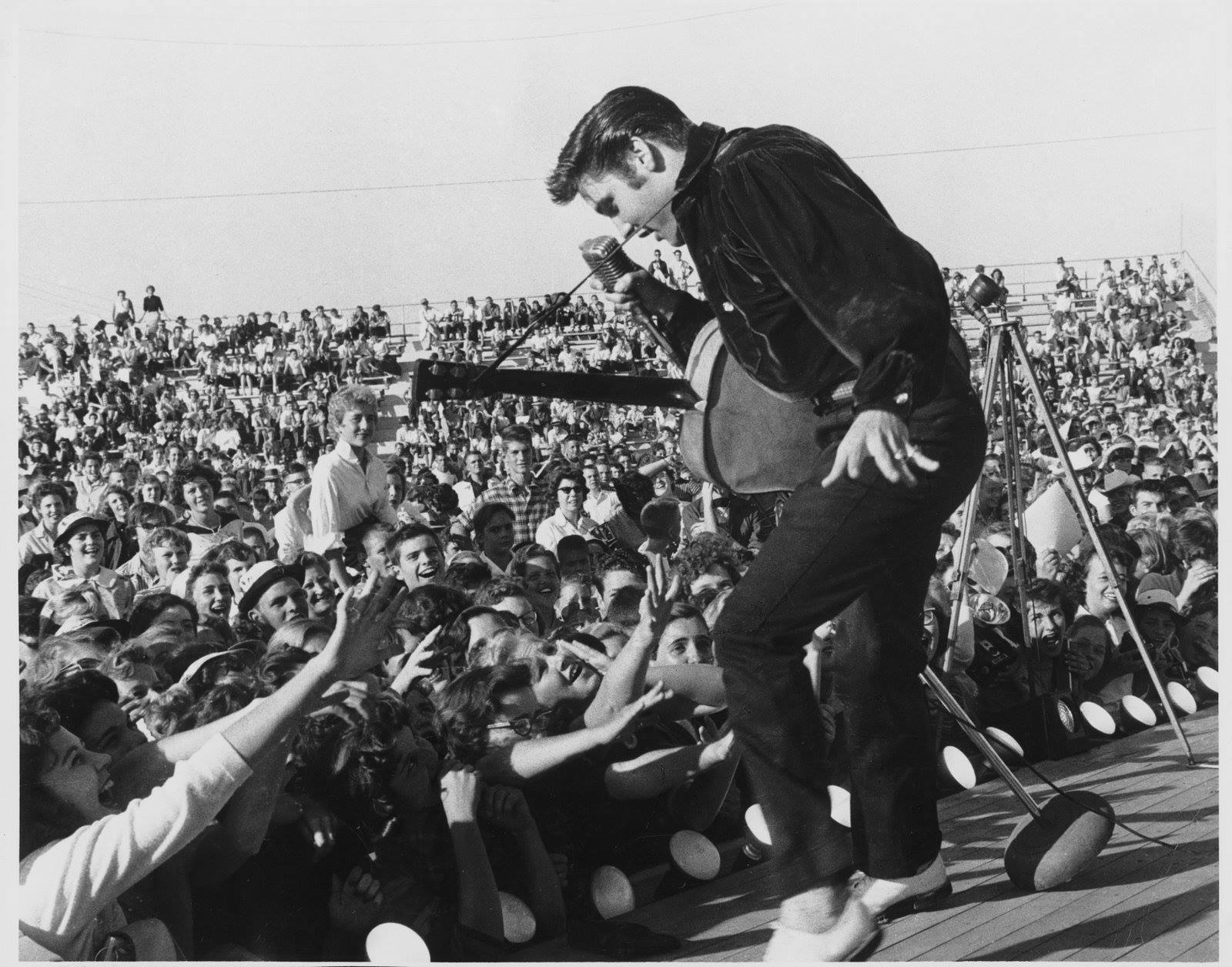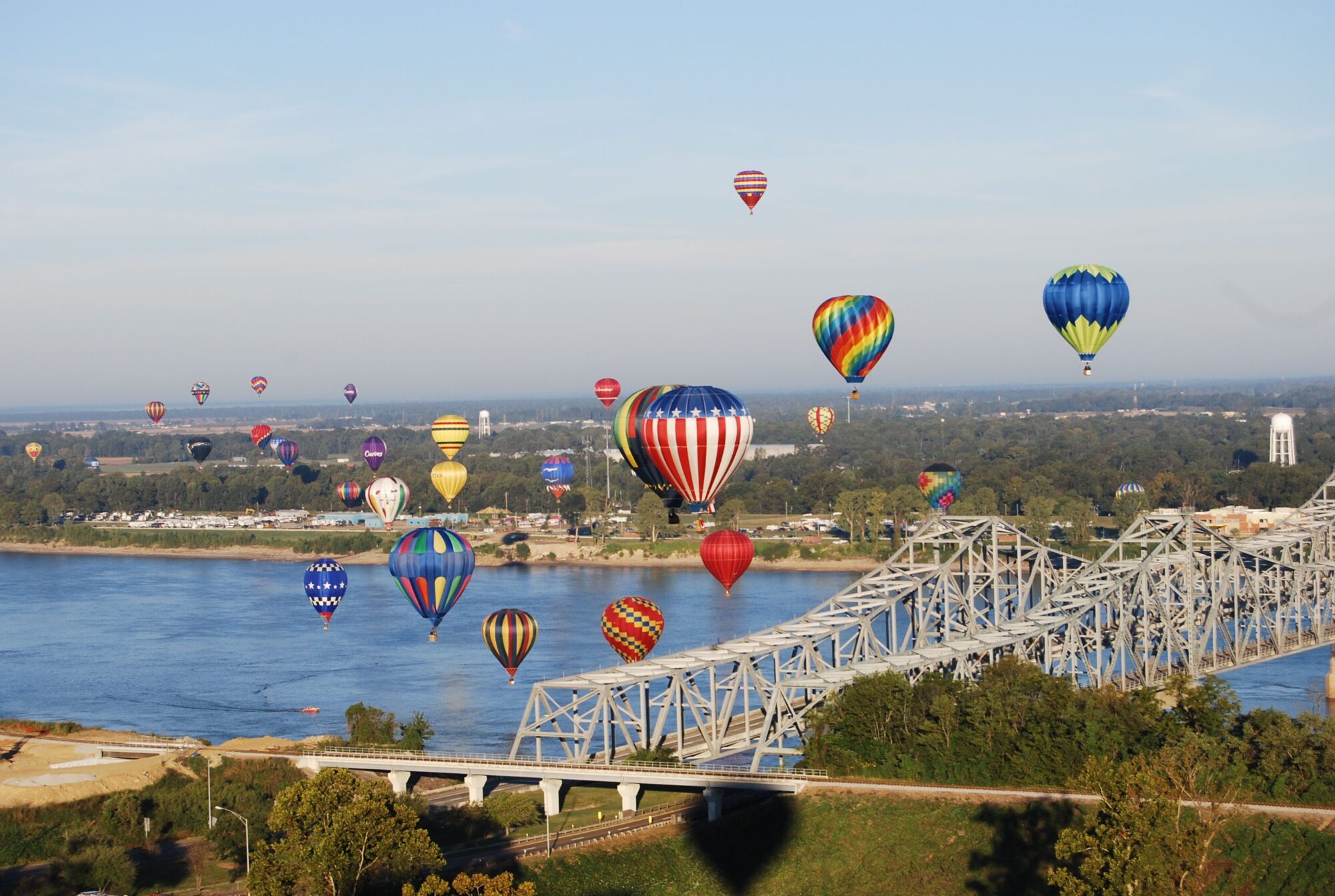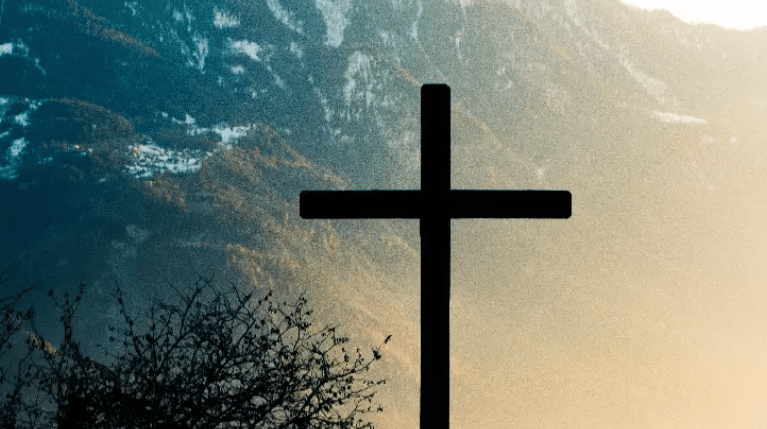
Full disclosure, it is a time commitment, and you will spend hours wandering the stacks of your local library. But take the leap. It’s a fulfilling experience.
I despise classics. I do my best to avoid them like the plague. Give me modern novels, poetry, plays, and speeches. Give me stories based in the contemporary age with prose that I can understand. I thrive in modernity. But, in an age where books are blindly critiqued and criticized, I decided to challenge that sense of security and seek to understand why most classics are highly praised. In addition, as a teacher who is always telling her students to not judge a book by its cover, figuratively or literally, I feel I should attempt to practice what I preach.
In 2022, Goodreads, a popular website for book lovers, came out with a list titled “100 Years of Popular Books.” It featured titles across all genres written by different authors published from 1922 to 2021. I happened to stumble across it on a social media feed, and as a bored teacher (at that moment) on summer break, I decided to challenge myself to step out of my comfort zone.
The rules are simple:
1. The years must be chosen at random using a number randomizer, so I can’t avoid classics.
2. I can only read ONE book by an author. No doubling up. (For example, Faulkner is on this list twice, so I can only read one of those books. This is so I can also expose myself to 100 different authors.)
3. I must finish the book, no matter how long it takes.
4. I must find ONE redeeming quality about the book, even if I dislike it.
5. I have to further the challenge by reading a newly published, popular book every year.
One year later, I have read twenty books, 5,851 pages, and listened to 77.12 hours of audio. The books have ranged from young adult to science-based nonfiction, to African literature, to plays, to cookbooks. I have loved them, hated them, and felt every emotion in between. As I reflect on these twenty books, I’m surprised by how similar they are. Not the plots and characters, of course, but across decades, genres, and authors, certain themes and ideas have echoed throughout these stories. The Little Prince by Antoine de Saint-Exupéry (1943) and The House on Mango Street by Sandra Cisneros (1984) discuss belonging, loss, and striving to find peace.
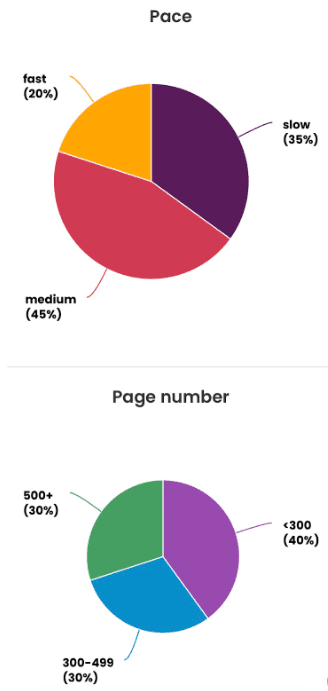
Kindred by Octavia E. Butler (1979), The Namesake by Jhumpa Lahiri (2003), and The Vanishing Half by Brit Bennett (2020) talk about identity and the cost of knowledge. Malibu Rising by Taylor Jenkins Reid (2021), I’m Glad My Mom Died by Jennette McCurdy (2022), and Things Fall Apart by Chinua Achebe (1958) share themes of parenthood and the toll that absent or abusive parents can have on children.
Catch-22 by Joseph Heller (1961) and Light Bringer by Pierce Brown (2023) highlight the mental and physical impact war can have on not just soldiers, but society as a whole.
I’m sure I could come up with many more examples if I had most of the books fresh in my mind (and the time to analyze them). And I’m sure I’ll make even more connections as I read more from the list. For example, the book I am reading at the time of writing this article, The Grapes of Wrath by John Steinbeck (1939), shares some thematic beats with Ulysses by James Joyce (1922) and Rosencrantz and Guildenstern are Dead by Tom Stoppard (1966).
The point is, what started as a challenge I haphazardly threw together when I was bored has become an interesting exploration into humanity, popular culture, and what has mattered to people across the decades. In just twenty “years” of books, I have learned themes like war, injustice, anger, and fear – all of which are common in the novels and stories of today – are always at the forefront of the general populace’s mind. However, so are themes like love, self-discovery, humor, compassion, and humility. Oftentimes, these can be found in similar novels (such as Red, White, and Royal Blue by Casey McQuiston (2019), Cloud Atlas by David Michell (2004), and The Immortal Life of Henrietta Lacks by Rebecca Skloot (2010)), and I think this says a lot about us as people and as a culture.

We live in an age of strife, anger, and frustration. No matter where on the spectrum you fall (either religious, political, or some other thing I’m not even aware of) it seems everyone has an enemy or an “agenda.” In addition, we have an added stress that generations before us did not. Thanks to great leaps in technology like social media, we’re able to interact with and be “triggered” by people who disagree with us all the time. We are so saturated with content we dislike that our attitudes towards it have started to leak into real-world interactions. We experience strong negative emotions (like fear and anxiety) regularly, and can often be set off by the most minor things. I see this in the students I teach and the adults I interact with on a daily basis.
If you are reading this thinking, “This isn’t about me,” I promise you, this is about you. This is about all of us. It is an unavoidable human reaction. If it seems like I have purposefully leaped onto my metaphorical soapbox, perhaps I have.
I promise, however, there is a connection. Stay with me.
This challenge has shown me that the feelings and fears we have in today’s society are nothing new. They are not new ideas, new beliefs, new themes. Rather, they are evolutions of fears and feelings that people have had for generations. Each story has introduced me to revolutionary ideas, and, with hindsight, I am able to see how those ideas carved a space in the culture of today. They are echoes of values our society held in decades past. I firmly believe that good stories reflect the thoughts and opinions an author holds, and I teach my students to find the context in which the stories are written: when it was published, what was going on culturally at the time, and what was the author’s identity. This helps my students to better understand why these stories were written. Thanks to this challenge, now I am able to get context on eras of history not so far off from our own that I would not have explored in depth. The books allow me to time travel through decades and decades of culture and connect with people not so far gone from my current time.
In some ways, reading these books has given me a sense of security. When you boil them down to their simplest forms, they tell me that our current worries are nothing new, and are part of the human experience. My anxieties in the 21st century are anxieties that people have felt for the last century; they are anxieties that people have survived despite what kept them up at night.
It shows me that the commentary about society that these books contain can start a conversation and effect change. In addition, as a writer, the idea of something I create sticking around after I am gone reinforces that the trials and toils of putting pen to paper are worth experiencing. And finally, as a human, it teaches me that current problems are nothing new and that things will inevitably right themselves.
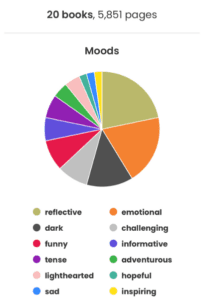
Do I still despise classics? Some of them. But I also have (at least) 80 more “years” to experience some of the best (or most well-known) books in the English canon. Maybe the question should evolve, much like the themes these books cover. Maybe it should be: “Do I appreciate classics?” If that’s the question, then, yes. I can appreciate classics for what they are, what they are trying to convey, and how they serve as a window into the past.
If this sounds interesting, I recommend committing to the challenge yourself. Full disclosure, it is a time commitment, and you will spend hours wandering the stacks of your local library, which is my recommended way to find these old books. You will often be frustrated and tired, but you might also see parts of yourself among the pages. You might find your ideas challenged in a safe and positive way. Take the leap. Choose a year and do some research. I promise it’s a fulfilling experience.
